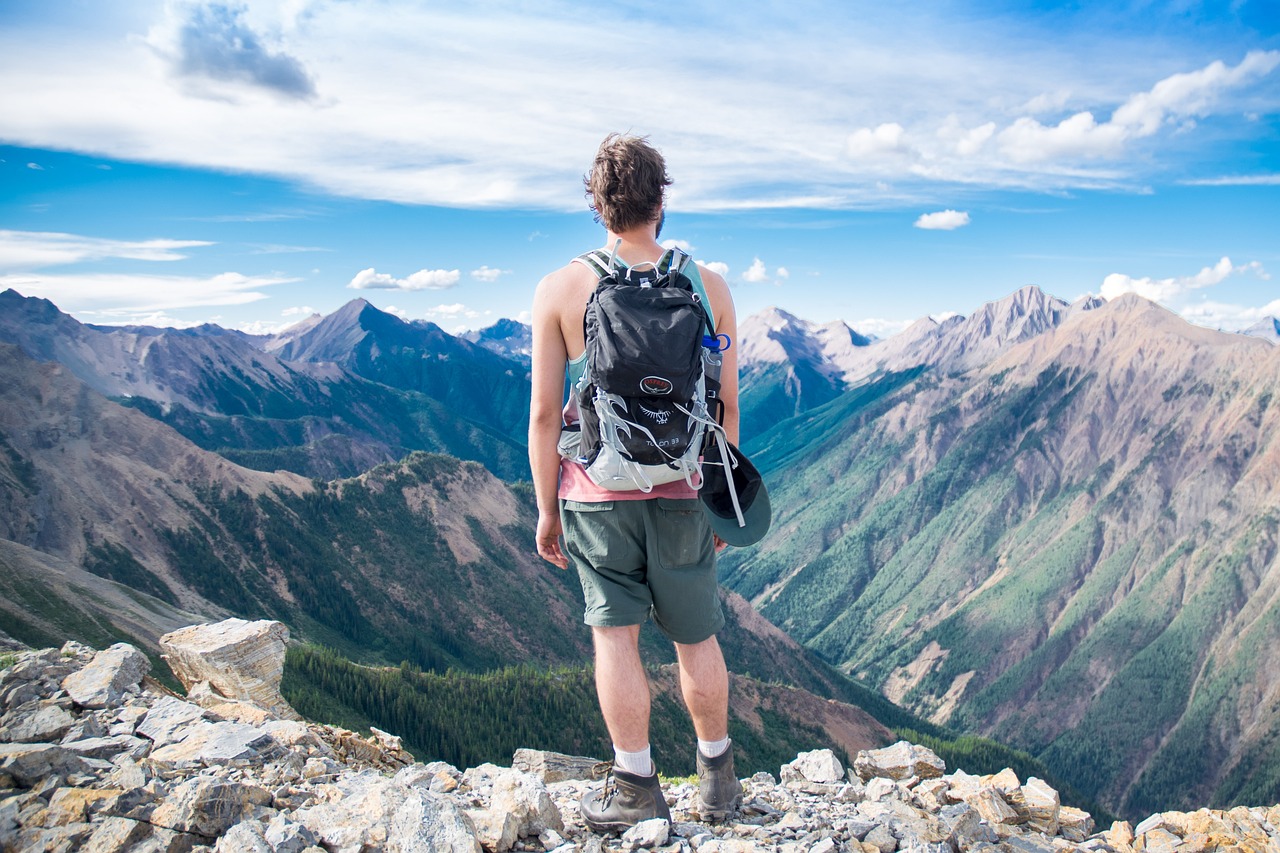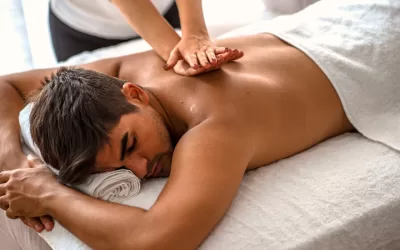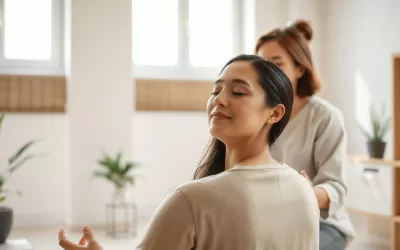Don’t Always Treat Pain Where You Feel It
Has pain tricked you into thinking that your low back pain can be fixed at the exact place you feel it?
You have probably tried to push, pull, stretch, dig, pound or rub your low back pain. If you’re like a lot of my clients you’ve tried both ancient and modern treatments, but if all of these things only focus on the area where you feel the pain or where spinal scans are pointing to the “cause,” you’ll probably only experience temporary relief.
Maybe you’ve had numerous professional opinions, scans, or have had specialized assessments done and you still don’t have a clear answer to your low back. This can be frustrating and can prolong the issue.
Why is Treating Low Back Pain Still Such a Mystery?
Most people imo, including professionals aren’t treating pain well. Pain is often (scientifically, I should say “always”) complex, so if the simple fix hasn’t worked for your low back pain it makes total sense. Click this link for a quick understanding on the complexity of pain.
If you’re suffering with low back pain you want answers.
Have You Considered Your Lower Body’s Role in Back Pain?
One of the first places I look when I’m working with someone with low back pain is – their legs. If you have low back pain your legs at least play a minimal role in it, but more often than not legs are a large contributor to low back pain.
The question you’re probably wondering is How? How do legs play a role in low back pain? We won’t go into a comprehensive explanation on the topic, but I will give you a simple answer so you have a fundamental understanding, and an action item that 80% of the time is immediately helpful.
Look at Your Feet, What do You See?
Good results always begin with good assessments, so let’s do an assessment. To see if an imbalance in your legs and hips could be contributing to your low back pain we’ll use The Static Standing Postural Assessment.
Do this . . . Depending on where you are, either look in the mirror or even better, look at a photo of yourself standing. Now take mental notes of what you notice about your posture. Maybe you can recall a friend or family member in the past pointing something out about your posture.
When you look at yourself, What do you notice? Do you recall what someone said about your body? There are no right or wrong answers. If nothing comes up, no problem. If you did notice something, great. Put those mental notes aside for now.
Now, stand up in real time. Yeah, right now. Stand up. Ok, now
look at your feet. Which way are your toes pointing?
The Quick Low Back Fix
If they’re pointing out, or in other words, away from the midline of your body, that’s a sign that you have an imbalance in your legs and hips and that imbalance may very well contribute to your low back pain.
Toes pointing away from midline is the number one sign of imbalances in your legs and hips that that can certainly contribute to your low back pain
If you’ve been dealing with low back pain for awhile and especially if you’ve seen multiple therapists, have they mentioned your toes? Probably not. If they had you probably wouldn’t be reading this.
The #1 Pattern of Leg Imbalance
So How Does Toeing Out Relate To Imbalances In Your Legs And Eventually Contribute To Your Low Back Pain? Here are some biomechanical consequences of Toeing Out. . .
- Toeing out puts you on the lateral edges of your feet. In a bad way. You might recognize this if the outsides of your shoes wear out quickly.
- Toeing out puts lots of pressure on the lateral part of your legs, too. Most people call this a tight I.T. Band and they’ll use a foam roller on the side of their legs to relieve tension. I have a contention with this, and you can read about a better approach to your tight IT Bands, here.
- Basically, when you toe out you’re using only the lateral aspect of your legs to bear the load of gravity and as you can imagine, that can turn into a problem.
- Toeing out freezes and shortens your hip muscles. This shape almost completely shuts down your glute muscles.
- Toeing out will make your lumbar spine tight, rigid, and immobile. And, I believe that your low back begins to take on a workload that it shouldn’t.
- Your low back has probably become involved in almost every task when really your abdominal muscles should be doing most of the work, not your back. You can read about how important the abs are here.
- If your toes are pointing outward you’re not involving your whole foot
- You’re limiting your ankle/knee/and hip and low back mobility
- The lateral sides of your legs are overburdened, and the now tense shortened lateral leg muscles are drawing your lower legs and hips together. This results in your lower body becoming stiff like a board and you’ve lost the ability to hinge well in the major joints of your lower body.
- Your glutes are functioning in a very limited range of motion or not at all
- You’re in a pattern I call Anterior Collapse
- Your abdominal muscles are not participating in your upright posture or probably in any movement.
Good functioning Legs, Glutes, and Abs are all really important in transforming low back pain. But for now, if, in your assessment, you found your toes pointing outward the thing you should focus on is toeing in. Try that and tell me how it goes.
Are You an Athlete Experiencing Pain But Don’t Know Where to Turn for Help?
MedicinEvolution Bodywork Beyond Massage’s Beyond Ergonomics gives athletes and desk professionals solutions to their pain problems. Body imbalances, repetitive use, and lack of movement are the cause of many injuries and pain. Beyond Ergonomics helps you discover your imbalances and create change. MedicinEvolution’s purpose is to reduce pain and other symptoms that you haven’t had luck with. MedicinEvolution Bodywork Beyond Massage is the solution for many problems plaguing your body. Make your appointment today!





